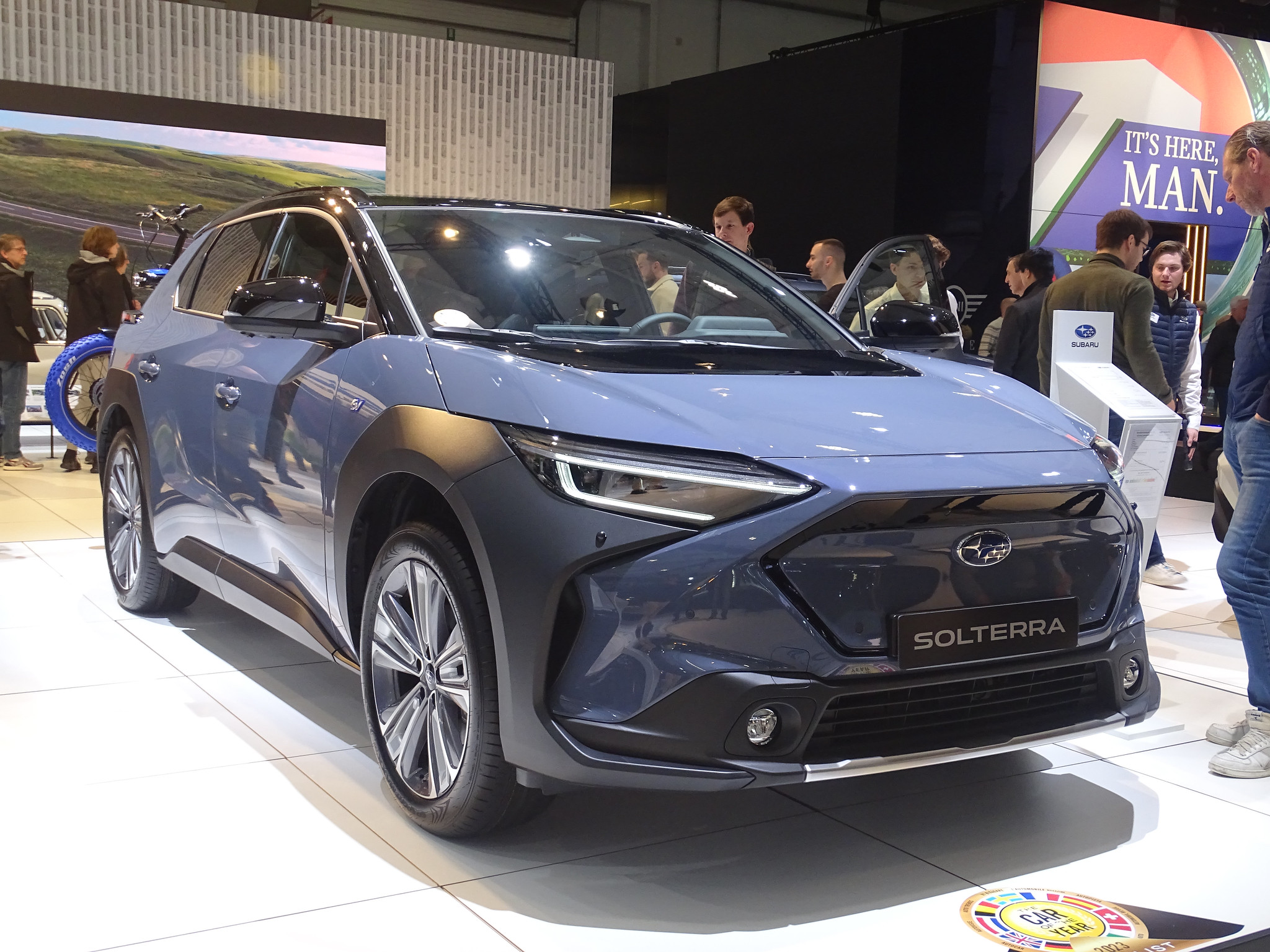
If you want to buy a new Subaru that doesn't have a continuously variable transmission (CVT), you have several options. There are still a few Subarus, such as the 2023 Subaru BRZ, that don't have CVTs in them. But most of the models from this automaker on the market today will come with a CVT. Before buying one, it's worth learning more about what a CVT is and its pros and cons. Read on to find out everything you need to know about CVTs.
What Is a CVT?

Before we begin talking about the pros and cons of CVTs, it's important for you to know what this specific type of transmission actually is. So what is it, and how does it work? Well, to ensure that it makes sense to you, let's start by touching on traditional automatic transmissions. These transmissions contain a series of intricate parts that are used to shift between a variety of preset gears. They aren't quite as efficient as CVTs.
Rather than shifting between all these different gears, CVTs rely on pulley systems connected to the chain belts in Subaru vehicles. These systems have cones in them that are continually moving and either increasing or decreasing the diameter of these chain belts. This movement allows CVTs to change gear ratios so that they aren't always shifting from one gear to the next. It makes accelerating in a Subaru with a CVT a more seamless process overall compared with other vehicles.
The Pros of the CVTs in Subarus
There's a reason why so many Subarus have CVTs in them: Subaru believes they're more beneficial to drivers than traditional automatic transmissions. The automaker routinely cites the many benefits of CVTs and continues to incorporate them into its new models. Here are several of the biggest pros of the CVTs in Subarus:
Fuel Efficiency
Most Subarus are extremely fuel-efficient. The CVTs they contain are a key reason why. By making accelerating more seamless, CVTs make Subaru vehicles better on gas than they would be otherwise. Many of today's Subarus are able to get well over 30 miles per gallon on the highway, and this is largely due to their CVTs. This is easily the biggest benefit of buying a Subaru with a CVT.
Responsiveness
If you drive a vehicle on nice flat surfaces all the time, you won't need to worry about how responsive your transmission is for the most part. But if you drive up or down hills on a regular basis, you may find that a traditional automatic transmission struggles to get into the right gears. This won't be an issue when you drive a Subaru with a CVT. CVTs are known to be very responsive, especially when driving up and down hills.
Fewer Transmission Problems
Transmission issues are some of the worst issues you can face with a car. You can end up spending a small fortune trying to fix them. Fortunately, you shouldn't have to worry too much about making repairs to a CVT. CVTs have fewer mechanical parts than traditional automatic transmissions, so you won't usually need to repair them as often. And when you do have transmission troubles, they'll typically be easier to diagnose when you have a CVT.
Less Weight
The average CVT weighs significantly less than the average traditional automatic transmission. It also takes up less space. Both these things will benefit you when you have a Subaru with a CVT. Less weight means that your engine won't need to work as hard to keep your car moving, and the compact design of a CVT means that there's also more room for the other systems in your Subaru to spread out.
The Cons of the CVTs in Subarus
The pros of the CVTs in Subarus outweigh the cons by a mile. But there are a few cons that you'll want to have on your radar if you're going to rely on a CVT in a Subaru on a daily basis. It'll get you ready for this experience. Here are several cons that can come along with counting on a CVT:
High Replacement Cost
There might come a time when you'll need to replace the CVT in your Subaru. This could end up costing you a pretty penny in some cases. The CVTs in Subarus, in particular, can be on the costlier side. You might need to plan ahead to replace a CVT at some point if you're thinking about keeping a Subaru for a long time. It'll make the cost associated with replacing it more manageable.
Lower Towing Capacities
If you plan to use the next vehicle you buy to tow a significant amount of gear around, you may want to check whether it has a CVT first. CVTs don't always hold up well in high-performance situations. So the engines that go along with them aren't usually able to produce as much horsepower as you would need to tow heavy loads.
Strange Sounds
The first time you drive a Subaru that has a CVT, you might wonder about what the sounds coming from it are. These noises can almost make it seem as though the CVT isn't working properly. But such sounds are normal and shouldn't be a major cause for concern. You'll just need to spend some time getting used to them.
Try Out a CVT by Test-Driving a New Subaru Today
Would you like to take advantage of the CVTs found in many Subarus? You could start by taking a Subaru with a CVT out for a test drive to see how you like it. Apple Subaru has a variety of different Subaru models that contain CVTs in the York, Pennsylvania, area. We would be more than happy to get you behind the wheel of one so that you're able to see what a CVT in one of these vehicles can do.
Reach out to the team at Apple Subaru today to schedule a test drive at our dealership.
2023 Subaru Solterra by peterolthof is licensed with CC BY-ND 2.0



